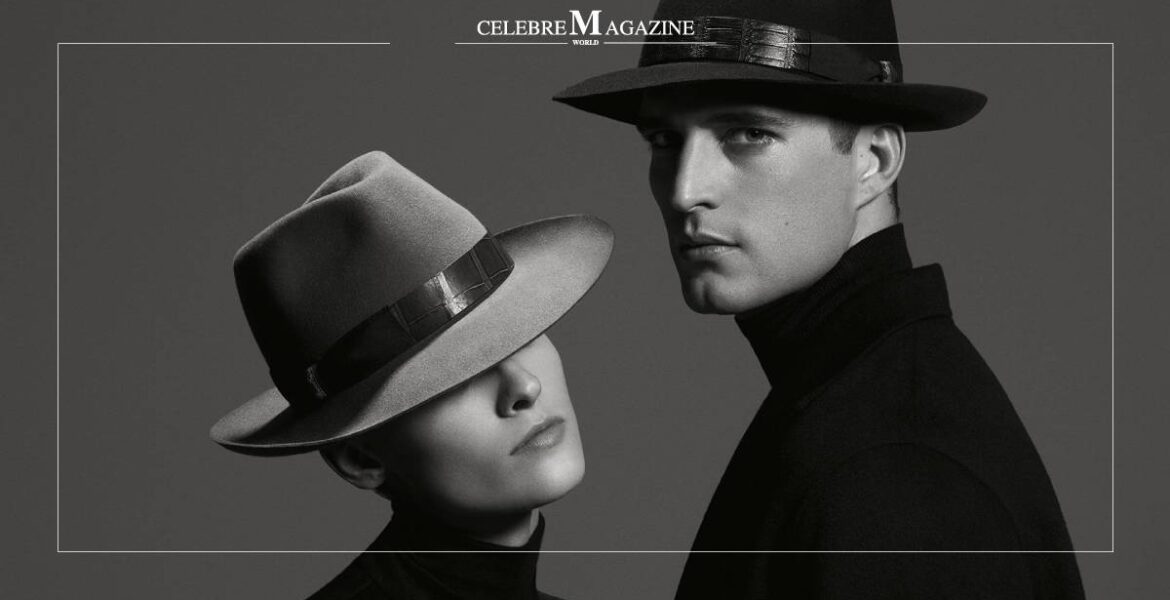Fashion has always been a tool to walk the path of freedom of self-expression. But this is not only represented in a dress but also in the unique and iconic details that allow us to transform a total look suitable for the occasion. An important intuition was that of Giuseppe Borsalino who in 1957 created his Maison in Alessandria with a workshop specialized in the production of hats. In 1900, with the certificate won at the “Exposition Universelle” in Paris, his fame grew, and the brand was known all over the world. Borsalino hats are synonymous with the highest manufacturing quality, remaining faithful over the years to a production process handed down through generations.
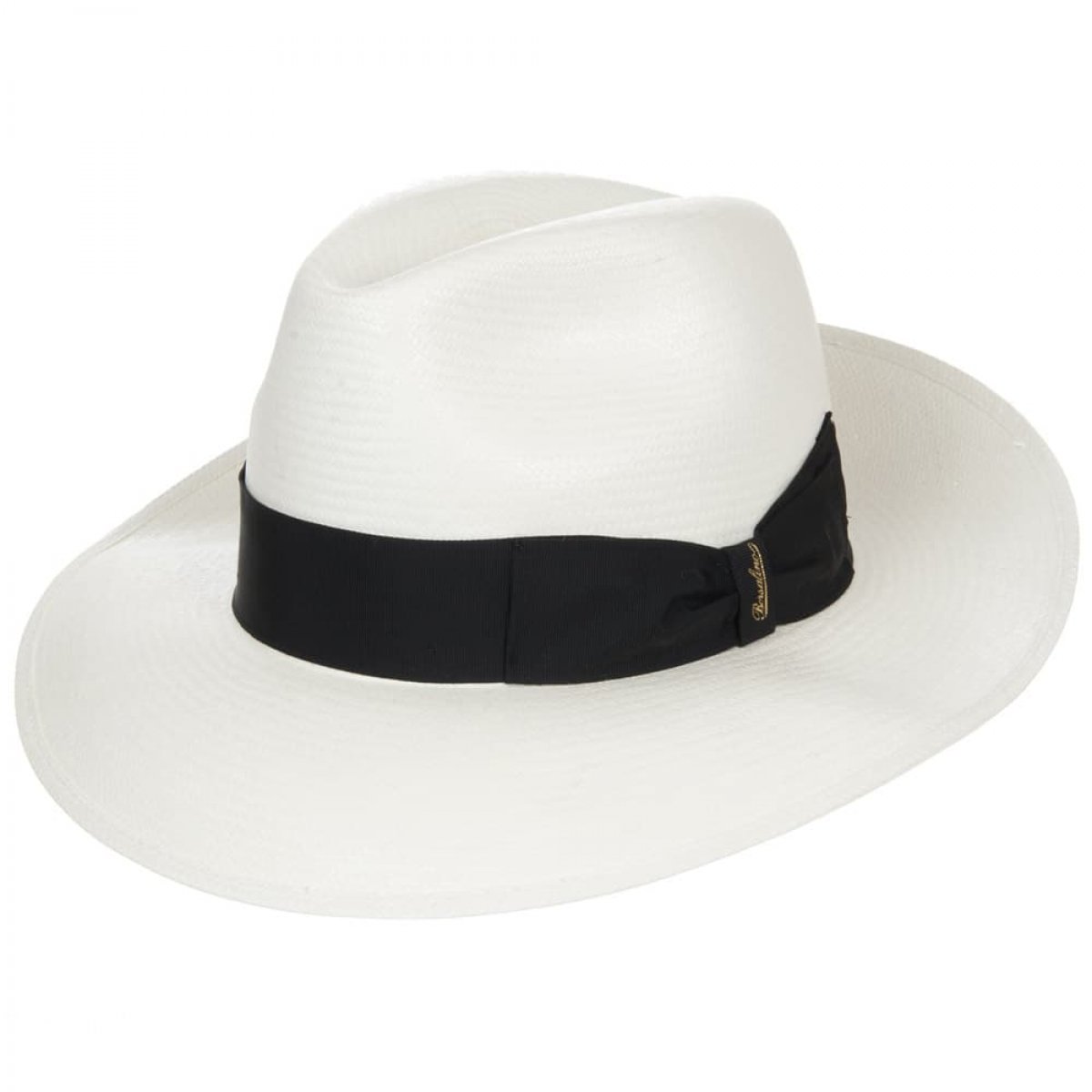 The production of a felt hat required more than 50 manual steps and 7 weeks of manufacturing; the woven straw models are an investment of 6 months for their product for every single hat. A garment protected by fashion because it contains an important story because there is no other similar garment and its design is recognizable, a joy and a boast for the wearer. A luxury of headgear of the highest quality worn with poetry and elegance in which its craftsmanship and real value emerge from the many hours of production and its uniqueness.
The production of a felt hat required more than 50 manual steps and 7 weeks of manufacturing; the woven straw models are an investment of 6 months for their product for every single hat. A garment protected by fashion because it contains an important story because there is no other similar garment and its design is recognizable, a joy and a boast for the wearer. A luxury of headgear of the highest quality worn with poetry and elegance in which its craftsmanship and real value emerge from the many hours of production and its uniqueness.
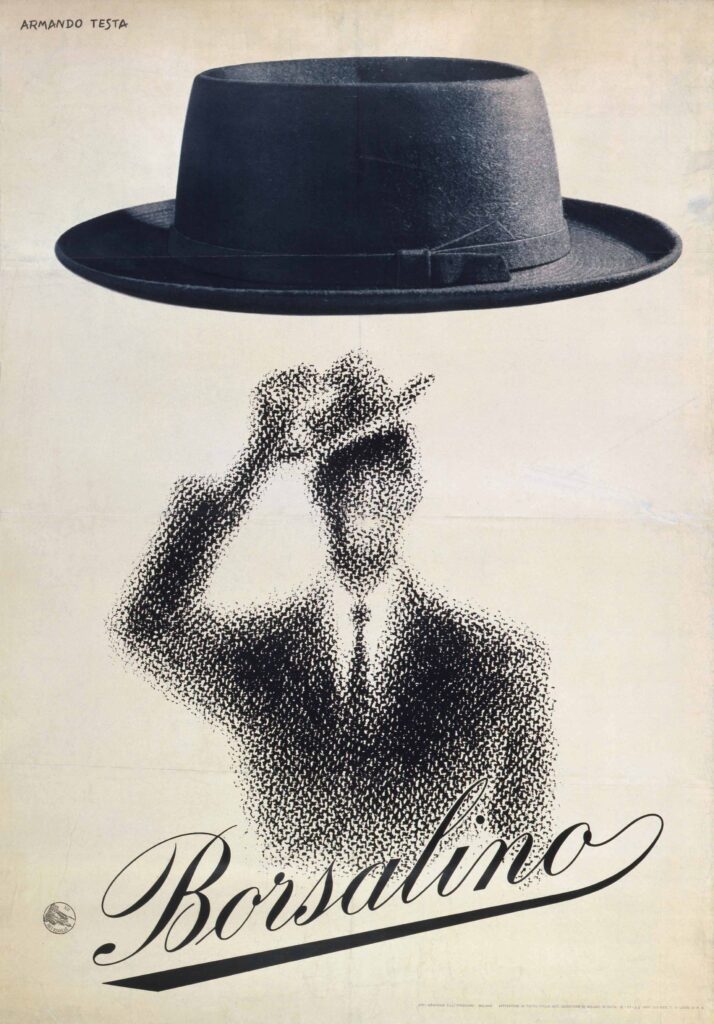
Everything starts from the “virgin hair” of rabbit, hare and beaver; the hair is put into a machine and blown, after blowing a kneading process takes place for the formation of the first felt bells. The next stage of maturing takes place, which strengthens the material by welding the fibres together. The resulting clashes are checked to eliminate any defects and further reduced by wetting them 12 times.
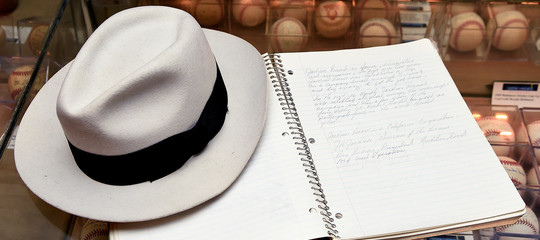
Each closh has the famous Borsalino shape which is given through aluminium cones with a steam machine, while the rounded shape is given by hand. The dyeing is carried out with an atmospheric pressure machine with boiling temperatures. The hats are dried in cells during the night. Immediately afterwards there is the pumicing in which the surface of the hat is processed by special cut and ground machines. The Borsalino is then subjected to a flame for a few seconds to eliminate small defects. The outermost part of the hat is cut with an iron circle that delimits its size and heated again to give the Borsalino crease.
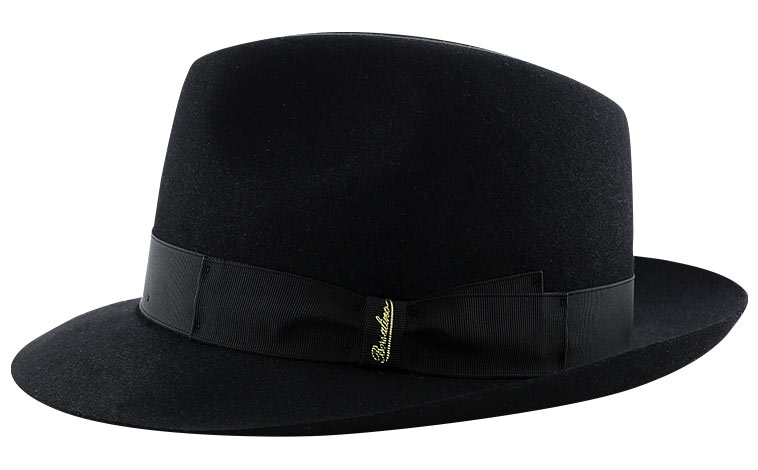 The last step is the ironing of the hat, the logo is added, and finally, after final quality control, it is sent to the lucky man who will wear it. It is an all-Italian hat that has had great success in Japan and the United States, created from the fibre of the Tokyo palm that grows in Ecuador in South America. Manual work of weaving the fibres that go from two to six months. Abroad there is a high and constant demand, a garment much loved by show business people in its various variants.
The last step is the ironing of the hat, the logo is added, and finally, after final quality control, it is sent to the lucky man who will wear it. It is an all-Italian hat that has had great success in Japan and the United States, created from the fibre of the Tokyo palm that grows in Ecuador in South America. Manual work of weaving the fibres that go from two to six months. Abroad there is a high and constant demand, a garment much loved by show business people in its various variants.
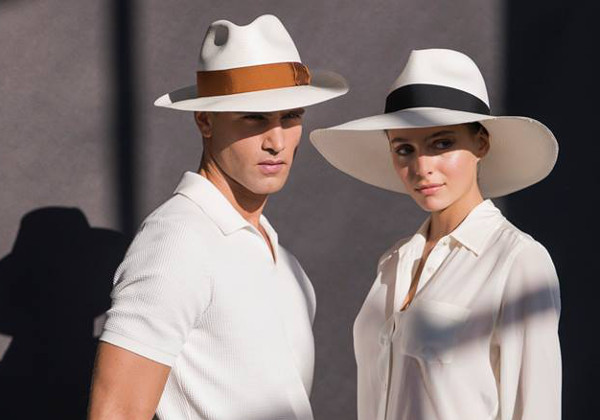
The felt model is the most representative as an icon of elegance and has “dressed” the heads of princes and heads of state, but above all myths of cinema such as Humphrey DeForest Bogart and Johnny Depp. And how not to forget the film Borsalino, a cult starring Jean-Paul Belmondo and Alain Delon, directed by Jacques Deray in a dramatic thriller. In short, a “Mambo” so to speak, timeless Panama, a symbol of warm countries, was a hat worn by the great writer Ernest Hemingway, loved by Sean Connery and worn by Charles of England, it is a men’s hat but often used also by women, white or cream-coloured, its name Panama derives from the Panama Canal that connects the Pacific Ocean to the Indian Ocean, sees its success in the late nineteenth century as a symbol of elegance in its timeless classic.
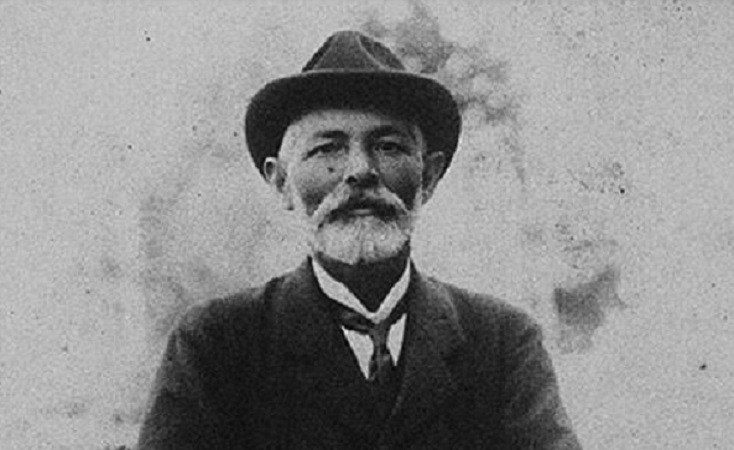
This company, which has been exporting Made in Italy all over the world for over 160 years, has been in bankruptcy proceedings since December 18, 2017, and with the brand name used by Haeres Equita, which has rented the branch of the company since 2015, guaranteeing the continuation of the business, in July 2018 it was acquired at auction by the bankruptcy receivers of Haeres Equita chaired by the Italian-Swiss entrepreneur Philippe Camperio. We all hope that this marvellous Italian brand will continue to maintain its production unchanged, thanks to the intuition of Giuseppe Borsalino and that famous historical gesture that required taking off the hat in front of a woman, which has remained a symbol of pure elegance.
Edit by Antonella Malizia

